Mountain Review: Arapahoe Basin
MOUNTAIN SCORE
CATEGORY BREAKDOWN
See our criteria9
Snow:
8
Resiliency:
6
Size:
7
Terrain Diversity:
9
Challenge:
4
Lifts:
8
Crowd Flow:
6
Facilities:
8
Navigation:
8
Mountain Aesthetic:
GOOD TO KNOW
1-Day Ticket: $89-$209
Pass Affiliation: Ikon, Mountain Collective
On-site Lodging: No
Aprés-ski: Moderate
Nearest Cities: Denver (2 hrs)
Recommended Ability Level:
+ Pros
Snow quality
Extremely demanding expert terrain
Lower crowds than other Colorado resorts
Season regularly extends into June
– Cons
Hiking required for some trails
No on-site lodging
Slow lifts in some areas
Altitude that can be overwhelming for some
MOUNTAIN STATS
Lifts: 9
Trails: 147
Beginner: 7%
Intermediate: 20%
Advanced/Expert: 73%
RECENT ARTICLES
VIDEO
Mountain Review
Looking for a Colorado Front Range ski resort as pure as it gets? Look no further than Arapahoe Basin, a mountain that’s known well by locals but often overlooked by the untrained Colorado ski scene observer.
No, this high-alpine resort doesn’t offer the same mountain infrastructure and skiable acreage as its best-known competitors. But A-Basin—as it’s often referred to for short—competes with the best in snow quality and leads in extreme terrain.
Arapahoe Basin sees high-quality snow each season and enjoys very strong preservation thanks to its altitude.
Snow Quality
At A-Basin, you’ll often find some of the best snow conditions in Colorado. While other resorts see comparable snow accumulation, A-Basin sees less traffic and offers hundreds of acres of easily accessible terrain off each lift, resulting in less skied-off runs. In addition, A-Basin’s high elevation helps preserve the snow throughout the season.
TRAIL MAP
Resiliency
Arapahoe Basin’s resiliency is strong, with most beginner through advanced terrain open reliably throughout the entire season. To ensure consistent operations and allow for opening dates as early as mid-October, the resort employs snowmaking on a few lower-elevation trails.
That being said, Arapahoe Basin can’t escape all the issues of a highly-exposed, high-alpine ski resort, and the mountain does see some amount of windswept, low-cover terrain. In addition, A-Basin’s most extreme hike-to terrain zones, including East Wall and the Steep Gullies, can take months to open due to their exposed nature.
Arapahoe Basin’s very limited green terrain is on the steeper side, and might be considered intermediate-level at other resorts.
Ski and Snowboard Terrain
At just over 1,400 skiable acres, Arapahoe Basin is somewhat smaller than most of its destination competitors. Despite this modest footprint, A-Basin is still quite sizable compared to most regional mountains and offers a wide variety of terrain. Across its footprint, the resort features a high-alpine-biased mix of bowls, glades, and below-treeline slopes.
Beginner Slopes
Arapahoe Basin has some beginner options, but the resort is not ideal for this ability level. Only six green trails exist, and they’re all located on the lower half of the front side, meaning less proficient guests can only access a fraction of the mountain. The Molly Hogan bunny hill does provide a dedicated, isolated learning area, but A-Basin’s main mountain greens are on the steeper side, and might be considered blues at competing mountains. Just about all Colorado competitors offer better green terrain.
Arapahoe Basin’s Montezuma Bowl, pictured above, offers standout intermediate bowl terrain.
Intermediate Slopes
Arapahoe Basin’s blues are also steeper than usual, but the resort really starts to flaunt its strengths at this ability level. While those used to intermediate runs at other mountains should probably warm up with one of A-Basin’s greens, most blue trails are consistently groomed, and they span every area of the resort.
Arapahoe Basin offers traditional below-treeline cruisers and some intermediate glades, but it really stands out with its groomed above-treeline bowls—both the Lenwaee and Montezuma areas provide access to this type of terrain in spades, offering unique opportunities for extensive high-alpine intermediate skiing and riding. It’s worth noting that the two blues in Arapahoe Basin’s Beavers area the steepest at the resort, and guests who plan to enter this area should be comfortable with every other blue run on the mountain.
RECOMMENDED SKIS FOR ARAPAHOE BASIN
NOTE: We may receive a small affiliate commission if you click on the below links. All products listed below are unisex.
Recommended intermediate ski
Recommended advanced ski
Recommended high-alpine ski
Recommended powder ski
Terrain Parks
A-Basin also offers two terrain parks, one of which is the highest in all of North America. Nobody will confuse these parks for professional setups, but they’re still pretty decent, including a good mix of rails, boxes, and jumps, as well as a quarter or half pipe depending on the season.
Advanced Slopes
To truly feel at home at Arapahoe Basin, guests will want to have at least an advanced level of skiing or riding proficiency. Even Arapahoe Basin’s single-black runs are rarely groomed, with demanding pitches and a range of tough obstacles. Visitors will especially appreciate the Beavers zone for tight advanced-level trees and bowls, while the Lenawee and Zuma areas also feature this type of terrain in less extensive portions. Some of the Lenawee blacks are fairly short and probably the best trails to start on after progressing from intermediate runs. For traditional, below-treeline advanced-level bump runs, the Black Mountain Express is the place to be.
Arapahoe Basin’s Beavers area offers some of the best advanced-level tree skiing in Colorado.
Expert Terrain
Arapahoe Basin boasts truly demanding expert terrain and is arguably the most challenging ski resort in the Colorado Front Range. Every double-black run at the resort boasts an extremely steep, continuous fall line—even a single fall on one of these runs means risking a lengthy tumble down hundreds of feet. For lift-serviced double-blacks, guests will want to head to the Pallavicini chair, which provides lappable access to long, high-consequence glade and mogul runs. This area features an abundance of rocks and cliffs, and the toughest lines require mandatory straightlining or cliff drops. A solid number of lift-served expert runs exist off the west ridge of the Zuma chair as well.
Runs such as West Turbo include extremely high-consequence rock and cliff terrain.
Hike-To Terrain
A notable portion of A-Basin’s expert terrain, including the vast majority of its truly extreme runs, lacks direct lift service. Some runs involve hikes to get in, while others require hikes to get out. But all pair with thrilling, untracked powder terrain.
Arapahoe Basin’s marquee extremes are located on the striking East Wall. It often takes months into the season before this area opens, but the trails served by the hikes in this area are true expert-only lines. Every East Wall run is dauntingly steep, with many featuring narrow, rock-lined segments or what feel like near-vertical drop-ins. During low snow years, guests may have to downclimb into certain runs using a rope for stability.
More than a quarter of Arapahoe Basin’s terrain requires hiking to reach or get out of.
But some may argue East Wall isn’t A-Basin’s most extreme terrain zone anymore. The recently added hike-back Steep Gullies, some of which offer an early cutback to lift service, should be skied with substantial forethought. These runs include unmarked cliffs and rocks that present extremely hazardous situations if you end up in the wrong spot, and can require feet of straightlining with no room to turn.
Altitude
Even disregarding the terrain itself, experienced skiers or riders may find themselves unexpectedly struggling on A-Basin’s terrain due to the altitude. The resort’s hikeable terrain tops out above 13,000 feet, a few thousand feet higher than the highest terrain at many competing mountains. This, combined with profound wind exposure, makes the upper-mountain hikes tougher than they look. Be sure to use extra caution before attempting anything risky, and for best practices, consider packing water and bringing a ski backpack on these uphill routes.
Arapahoe Basin’s clear signage helps guests pinpoint trail hazards and required hike backs.
Ease of Navigation
Thanks to its vertically-oriented footprint and singular base area, Arapahoe Basin is refreshingly easy to get around compared to its sprawling Colorado competitors. Even when going between mountain pods, flat terrain sections are rare, and in the one case there is—the mild uphill slope from the top of Lenawee to Zuma—there’s a short rope tow to tug you along. Clear signage is critical for a resort like A-Basin with multiple hike-back runs—and luckily, the resort maintains gates before any non-lift serviced terrain and posts direct, intuitive signs along trails.
RECOMMENDED SNOWBOARDS FOR ARAPAHOE BASIN
NOTE: We may receive a small affiliate commission if you click on the below links. All products listed below are unisex.
Recommended intermediate board
Recommended advanced board
Recommended high-alpine board
Recommended powder board
Lifts
A-Basin’s biggest downside has historically been its lift infrastructure, but the resort has deployed significant enhancements in recent years. For the 2022-23 season, the resort replaced its upper-mountain Lenawee triple chair with a state-of-the-art six pack. This upgrade gives A-Basin its second high-speed chairlift, after the lower-mountain Black Mountain Express and makes spending time in the high alpine significantly more enjoyable.
That said, more than half of A-Basin’s lifts are still slow. The pain is felt worst on the Zuma and Beavers lifts, where skiers and riders must put up with lift rides of up to 10 minutes to get out of these areas.
Arapahoe Basin’s new Lenawee Express six-pack provides quick service to its frontside bowls.
Crowds
Arapahoe Basin’s lack of serious crowds helps mitigate its remaining lift deficiencies. Even on peak days during the core season, lift lines rarely extend past 10 or 15 minutes, if that. Logical lift placements also help shuffle crowds around; while each terrain pod is really only served by one lift, there are some unexpected uphill redundancies that allow guests to access key resort areas without relying on any one particular chairlift.
Facilities
A-Basin offers a range of on-mountain lodges across its footprint. Conveniently placed lodges at major junction points provide relief from the outdoors, including three mid- and upper-mountain lodges that can be great places to stop in if you want to escape from the weather or feel short of breath. These lodges offer authentic meal options at high but not-outrageous prices, and they range from grab-and-go cafeterias to fancier sit-down restaurants.
High-elevation lodges such as the Snow Plume Refuge provide relief from the outdoors.
Mountain Aesthetic
Those looking for the best of nature and isolation will appreciate the on-mountain feel at Arapahoe Basin. Minimal nearby development and iconic snow-capped peaks contribute to a special ambience at this high-alpine resort. Some of these nearby snow-capped peaks are actually neighboring ski resorts such as Keystone and Breckenridge, and on clear days, you can enjoy clear lines of sight to a large portion of both mountains.
And for those who just want to sunbathe on a nice day while soaking in this view, A-Basin offers “The Beach”, a set of reserved parking spots at the front of the resort where you can set up a tailgate.
Arapahoe Basin’s iconic snow-capped peaks contribute to a unique ambience.
Spring Skiing
A major plus of A-Basin is that it reliably stays open until early June, significantly longer than other Colorado resorts. You’ll sometimes even see powder dumps that late in the season—and if you go in late April or early May, these snow events are common. If you’re looking to get in some good late spring skiing in Colorado, A-Basin is the place to go.
Ikon Pass Access
After years on the Epic Pass, A-Basin cut ties with Vail Resorts and switched to the Ikon Pass in 2019. Unlike the previous Epic setup, Ikon access is not unlimited, and guests will need to purchase a separate season pass to ski or ride A-Basin all season long. It’s now more difficult to split days between A-Basin and some nearby mountains, but this new pass setup, along with major terrain expansions, has significantly cut down crowds versus pre-2019 years, making the overall experience more enjoyable.
Since switching from Epic to Ikon a few years ago, A-Basin’s crowds have notably decreased.
Getting There and Lodging
Perhaps A-Basin’s biggest drawback, at least for destination-goers, is its lack of on-site lodging. The nearest options are in the town of Keystone, which also hosts Keystone resort but is no longer on the same pass product as A-Basin, and the Summit County towns of Dillon, Frisco, and Silverthorne.
It may also make sense to come to A-Basin as a day trip from the nearby Copper ski area, which is also on the Ikon Pass, or Denver. That said, if you do choose to drive up from Denver on a weekend morning, expect to wait in profound traffic jams on I-70, as you’ll be one of thousands of day trippers heading up to the Front Range mountains.
While there’s no on-site lodging, A-Basin offers a mix of free and paid parking options to access its slopes.
Parking
Partially in response to traffic problems, Arapahoe Basin’s parking policies have changed a bit in recent years. The resort offers a range of free and paid parking options, but on weekends and holidays, it now costs $20 to park in the lift-adjacent Early Riser lot before noon if your car has fewer than 3 people in it. The remaining free lots for non-carpoolers are further away from the lifts, but they’re still within a reasonable walking distance of the mountain—and can also be accessed via a shuttle to and from the spaces. On off-peak weekdays, every lot except for the very small, preferred-parking Admin Lot remains free to all guests.
Aprés-ski
Although there’s no village here, A-Basin does offer aprés in its base area. The only real mountain-provided option is the 6th Alley Bar & Grill, which has a nice patio as well as a good selection of beer and wine—and killer bacon Bloody Marys. You can also make reservations to set up your own tailgate at the Beach, but spots fill up fast during the especially desirable spring season.
Arapahoe Basin’s 6th Alley Bar & Grill offers a great aprés-ski vibe after the slopes close.
Verdict
So Arapahoe Basin is probably best for those willing to overlook a lack of on-site lodging, a modestly-sized footprint, and a bit of hiking for a local feel. The resort probably isn’t the best for lower-level skiers and riders, but the mountain’s combination of snow quality and terrain diversity is hard to find elsewhere in the Colorado Front Range. In addition, there’s no better Colorado mountain for a late-season skiing or riding experience.
Pricing
1-day lift tickets are really pricey if you buy the day of, rising as high as $209 for adults. But if you plan in advance, tickets are priced substantially lower than competitors—and can be had for as low as $89 per day. Ultimately, if you can handle the terrain and plan your trip right, A-Basin offers an incredible value for what it delivers.








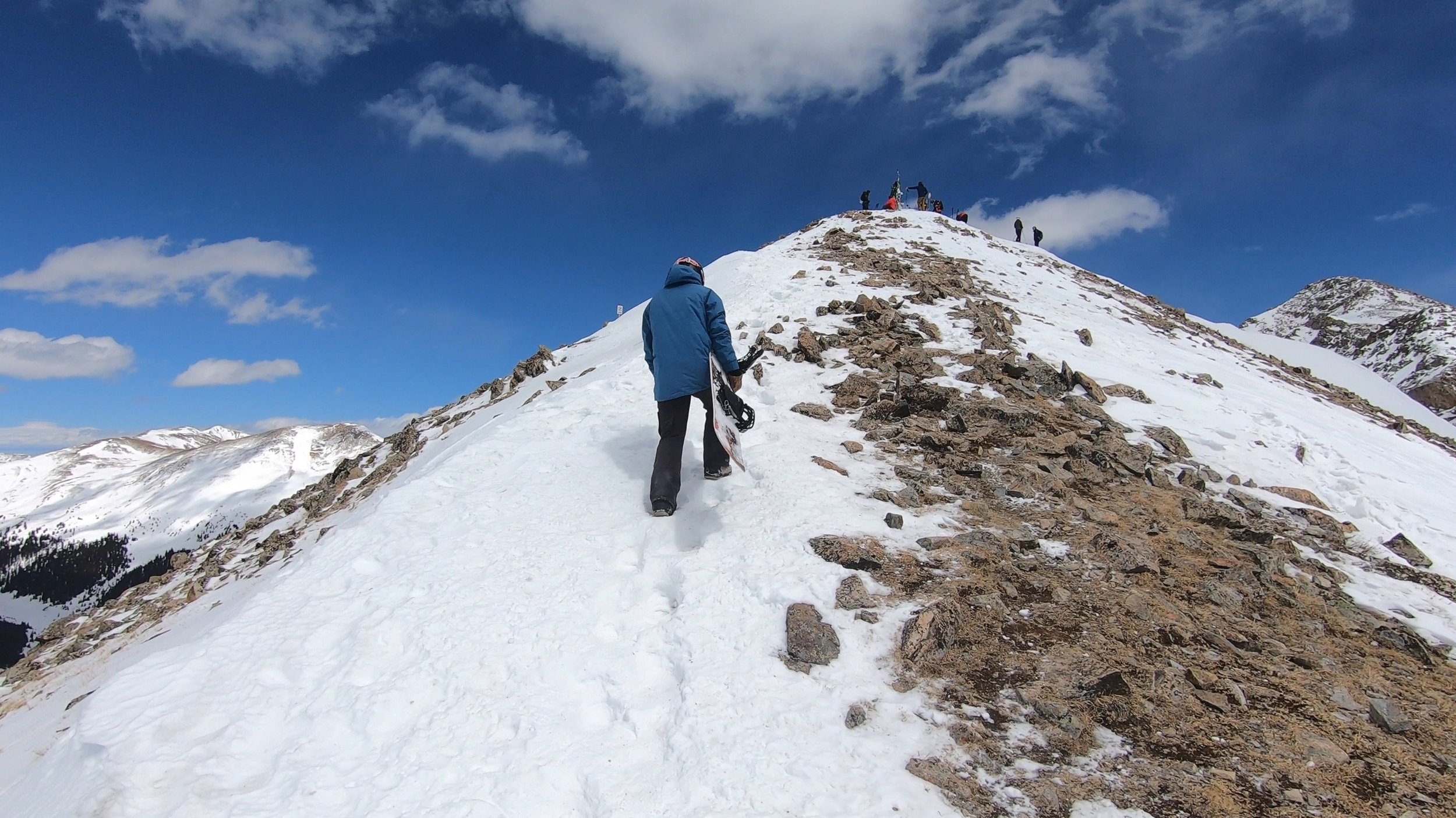
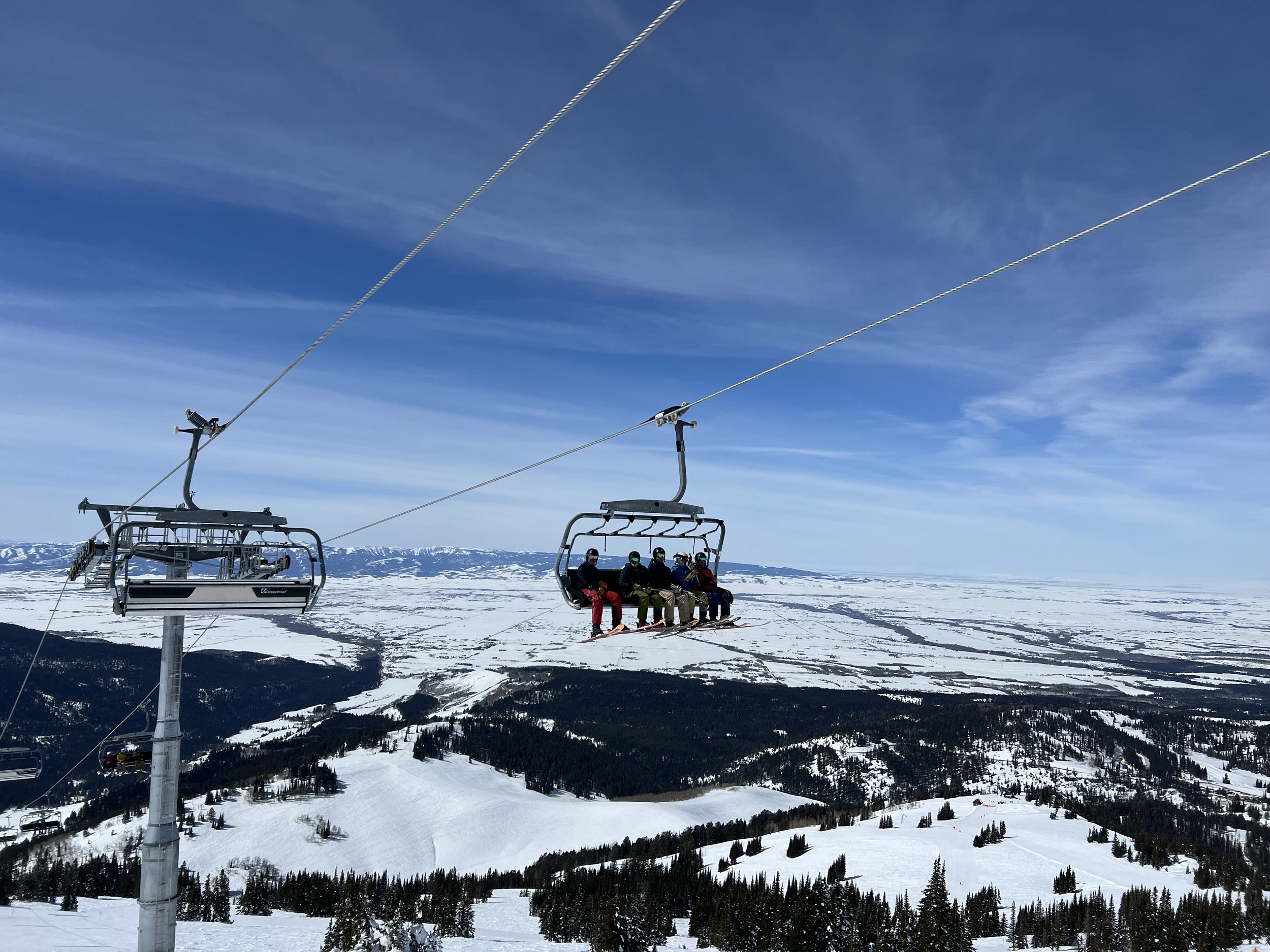
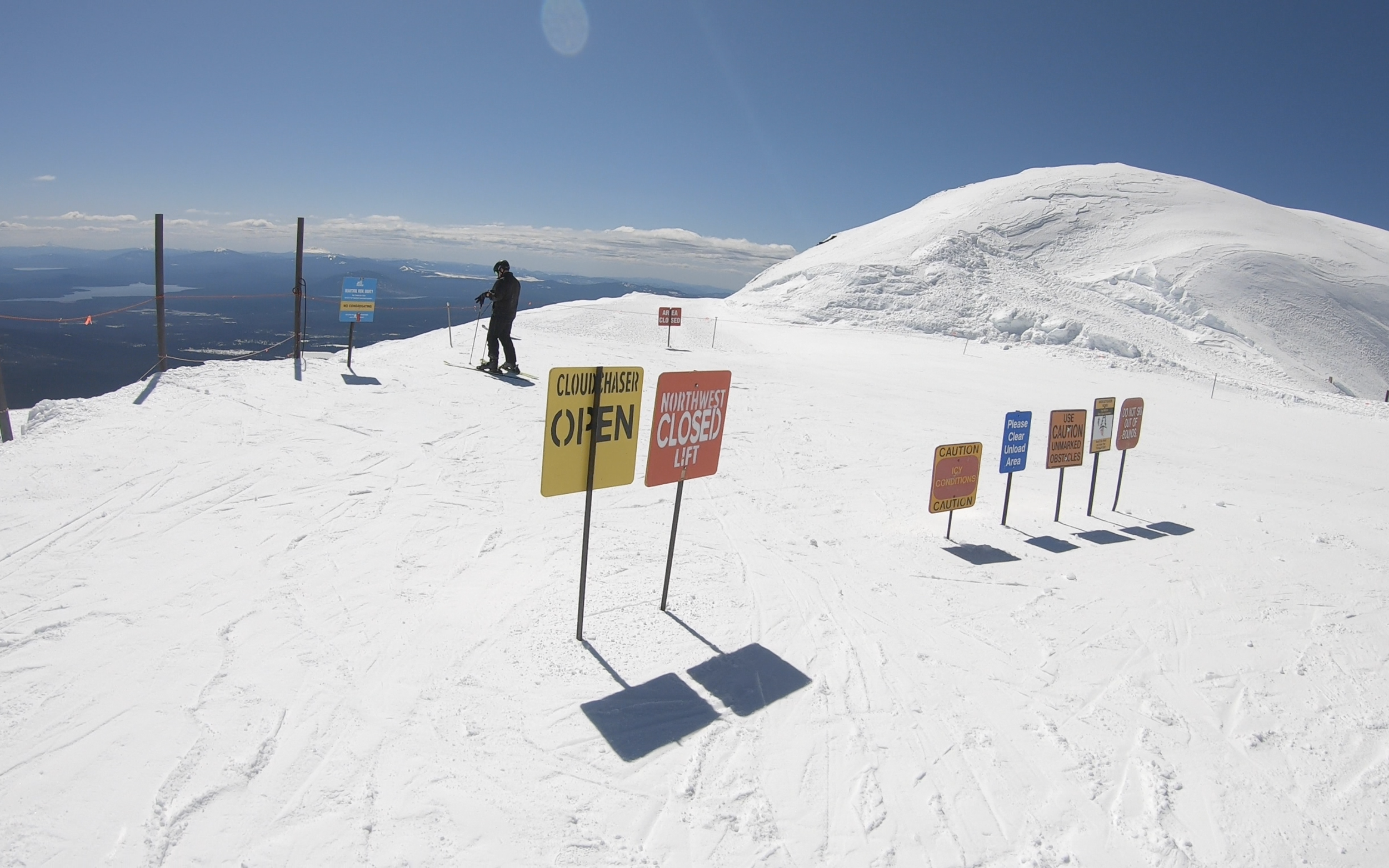
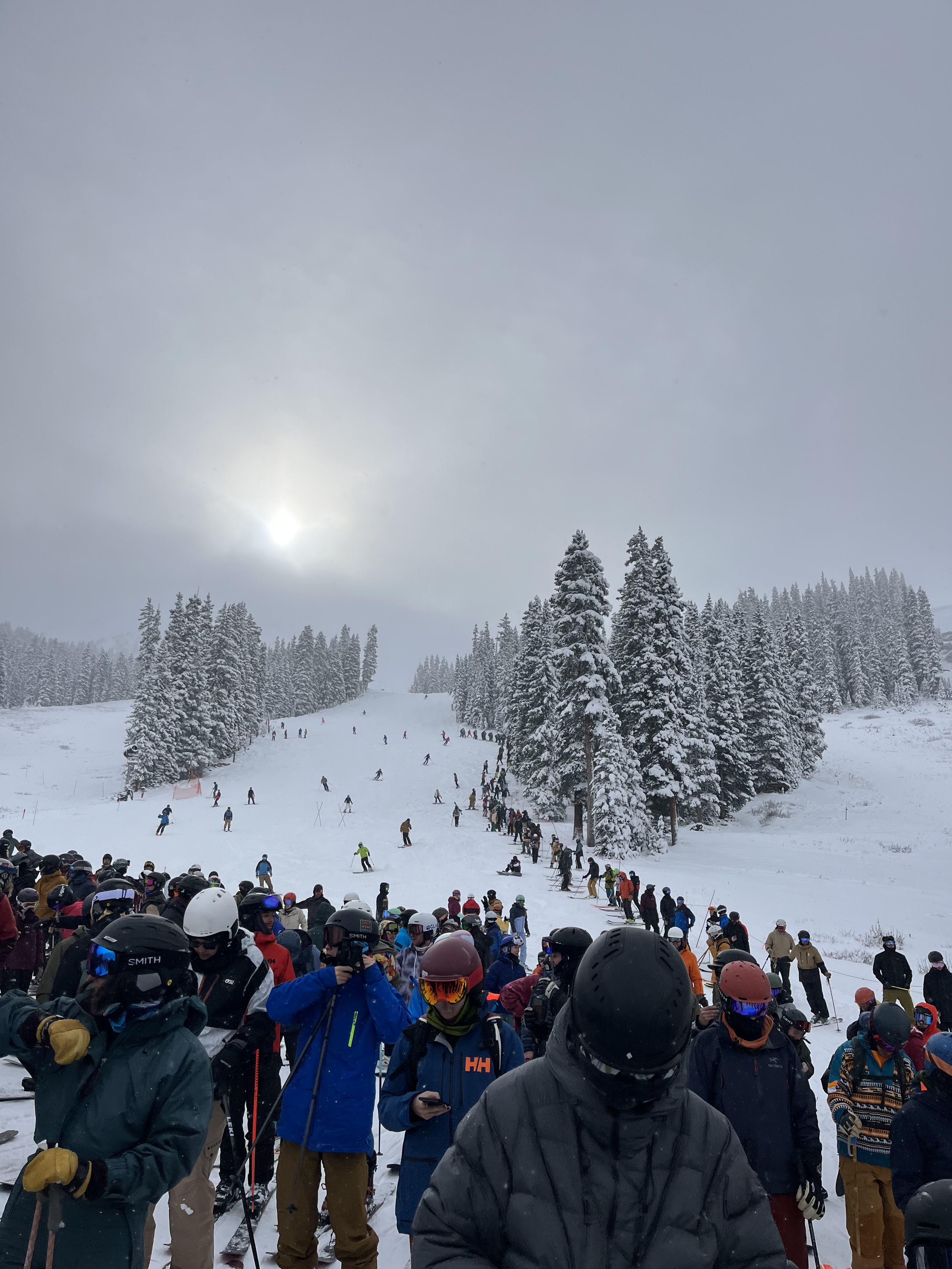
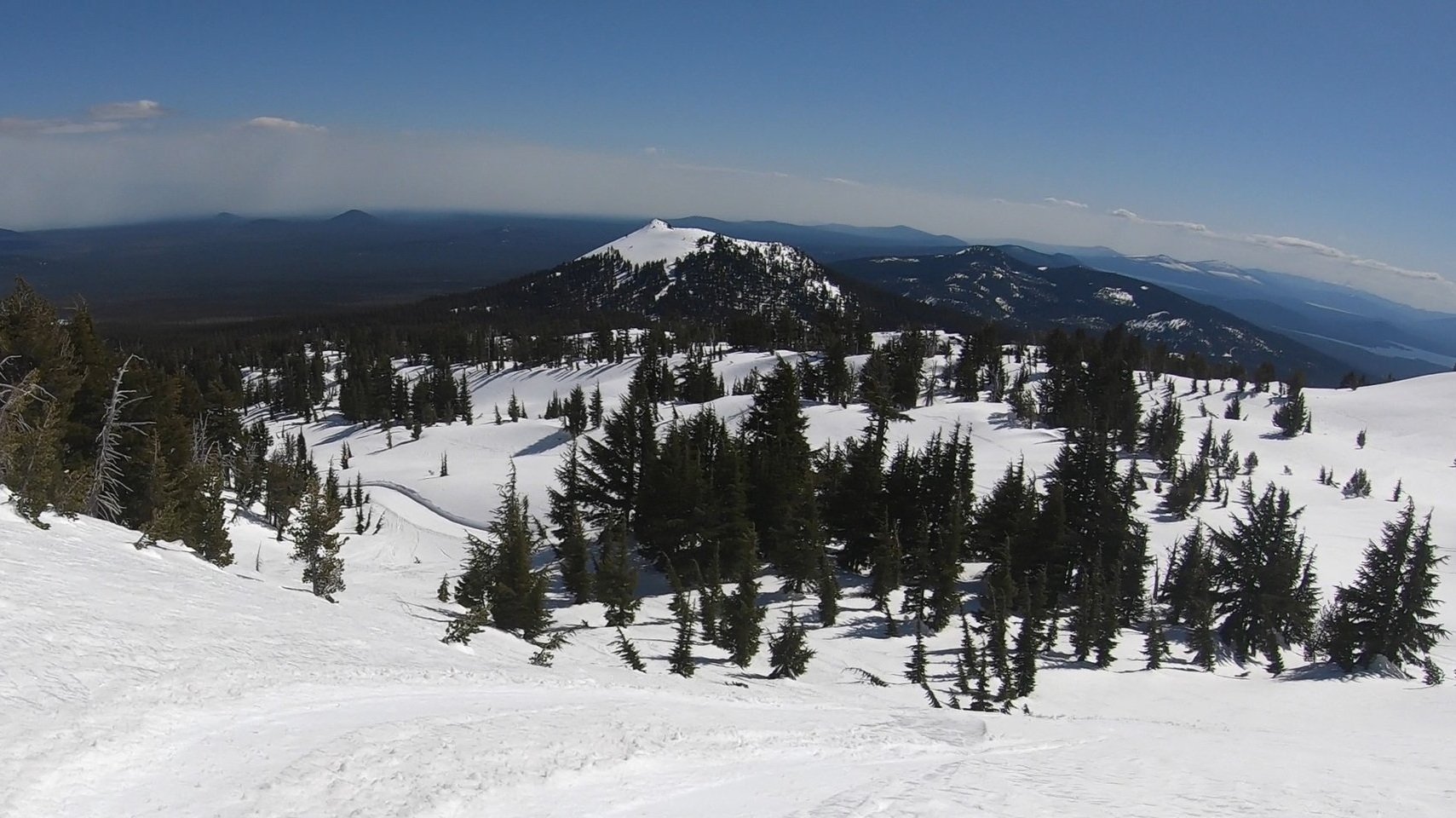
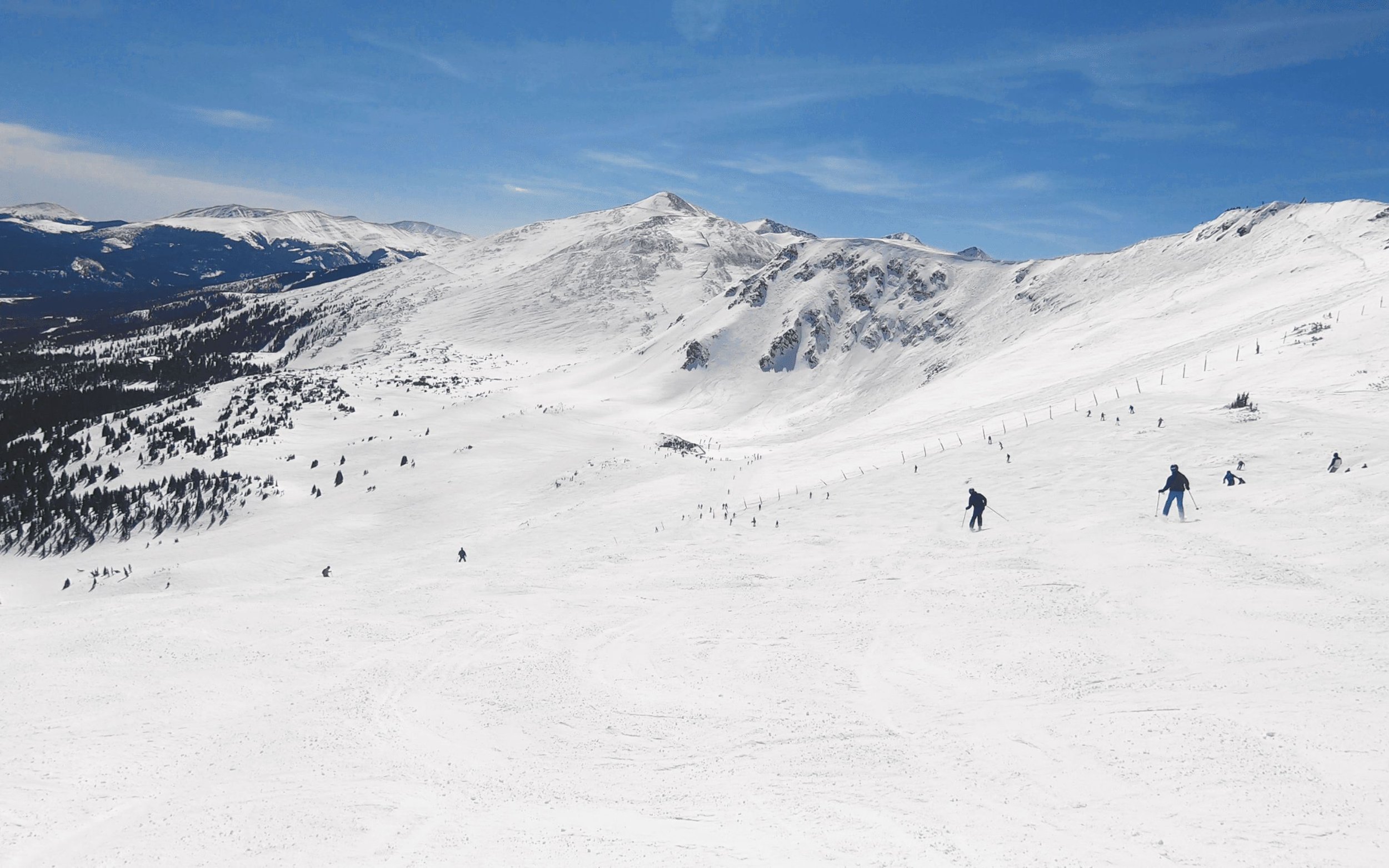
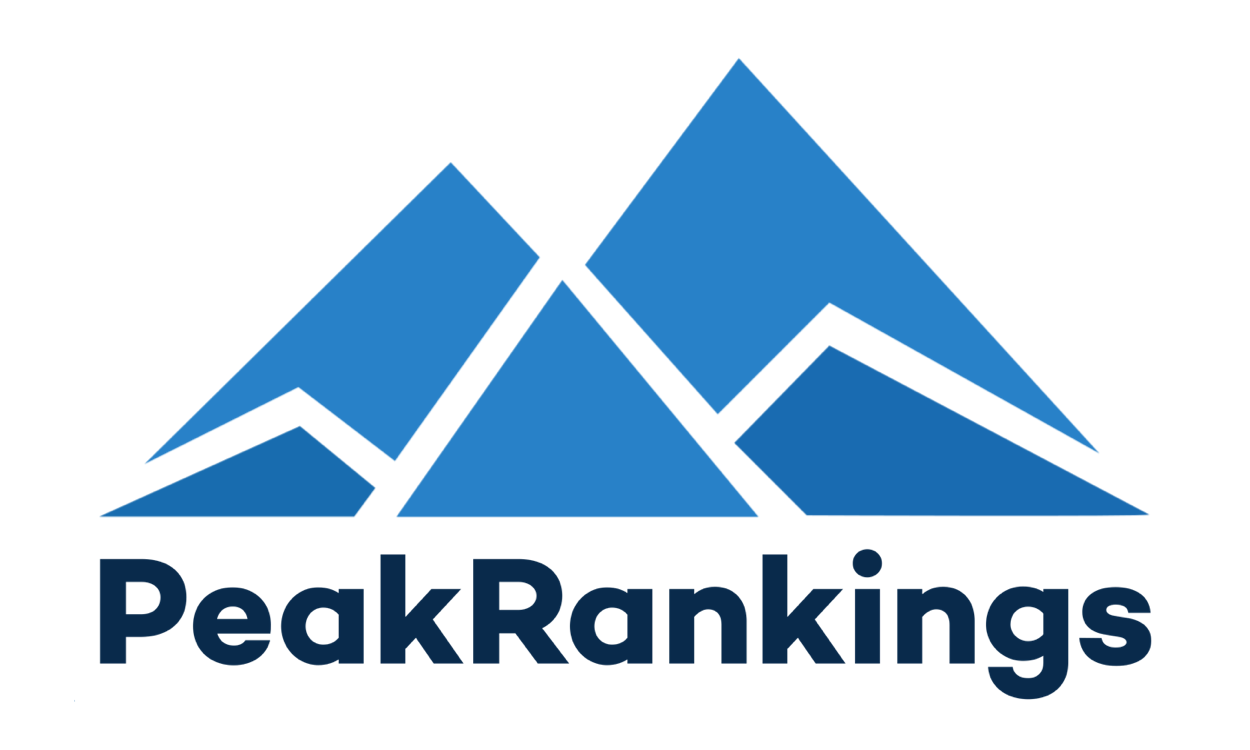
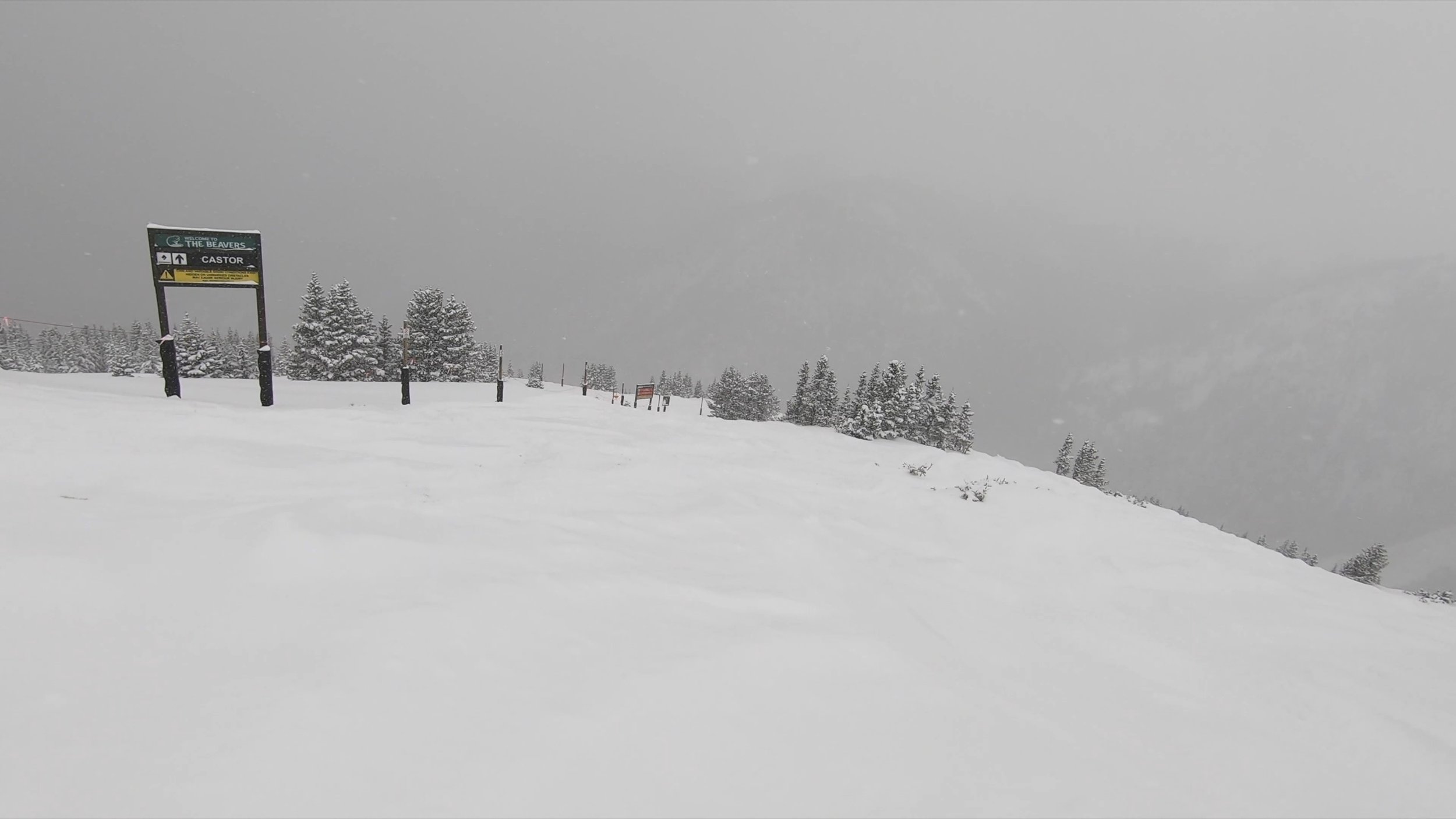
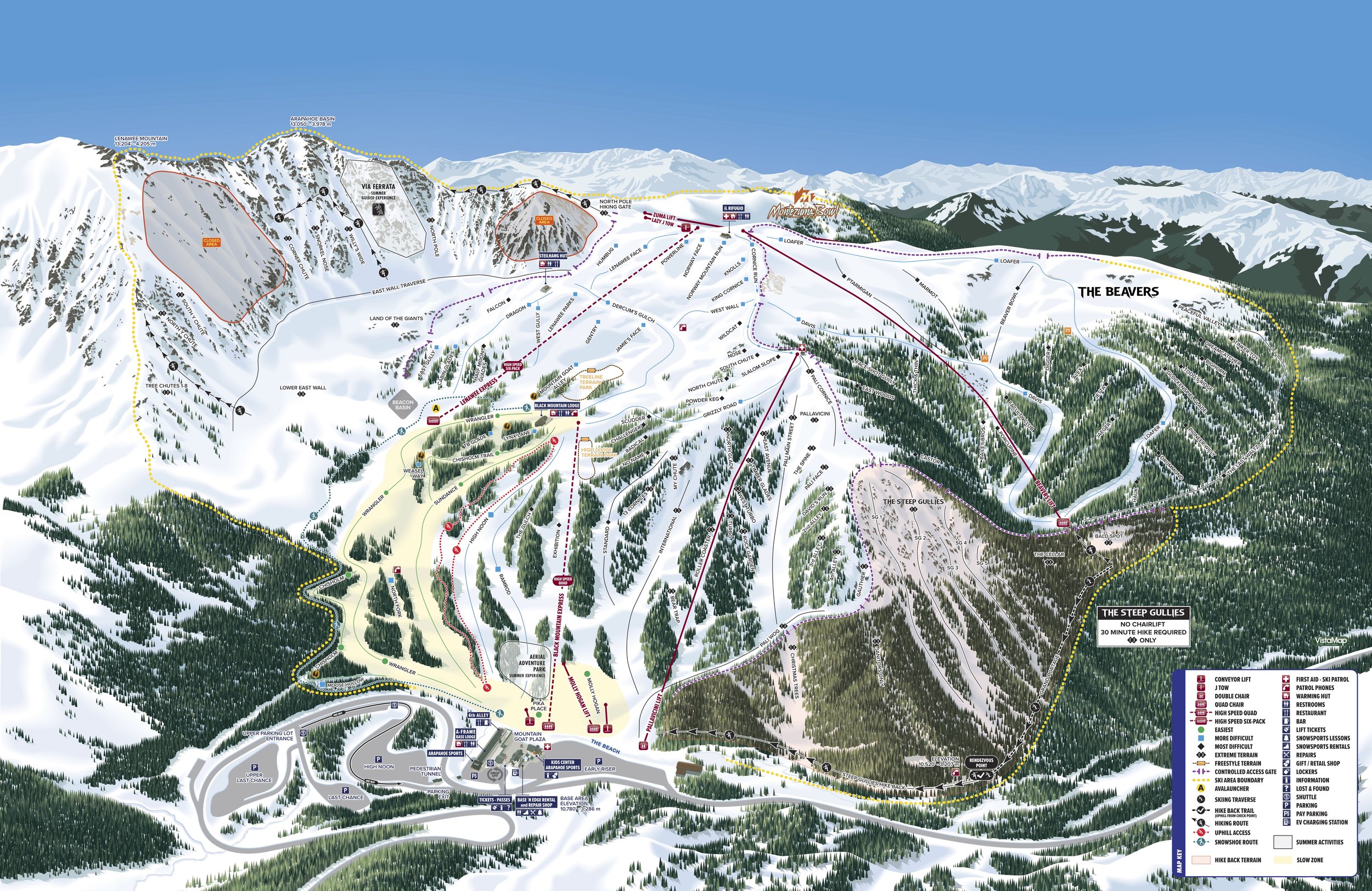
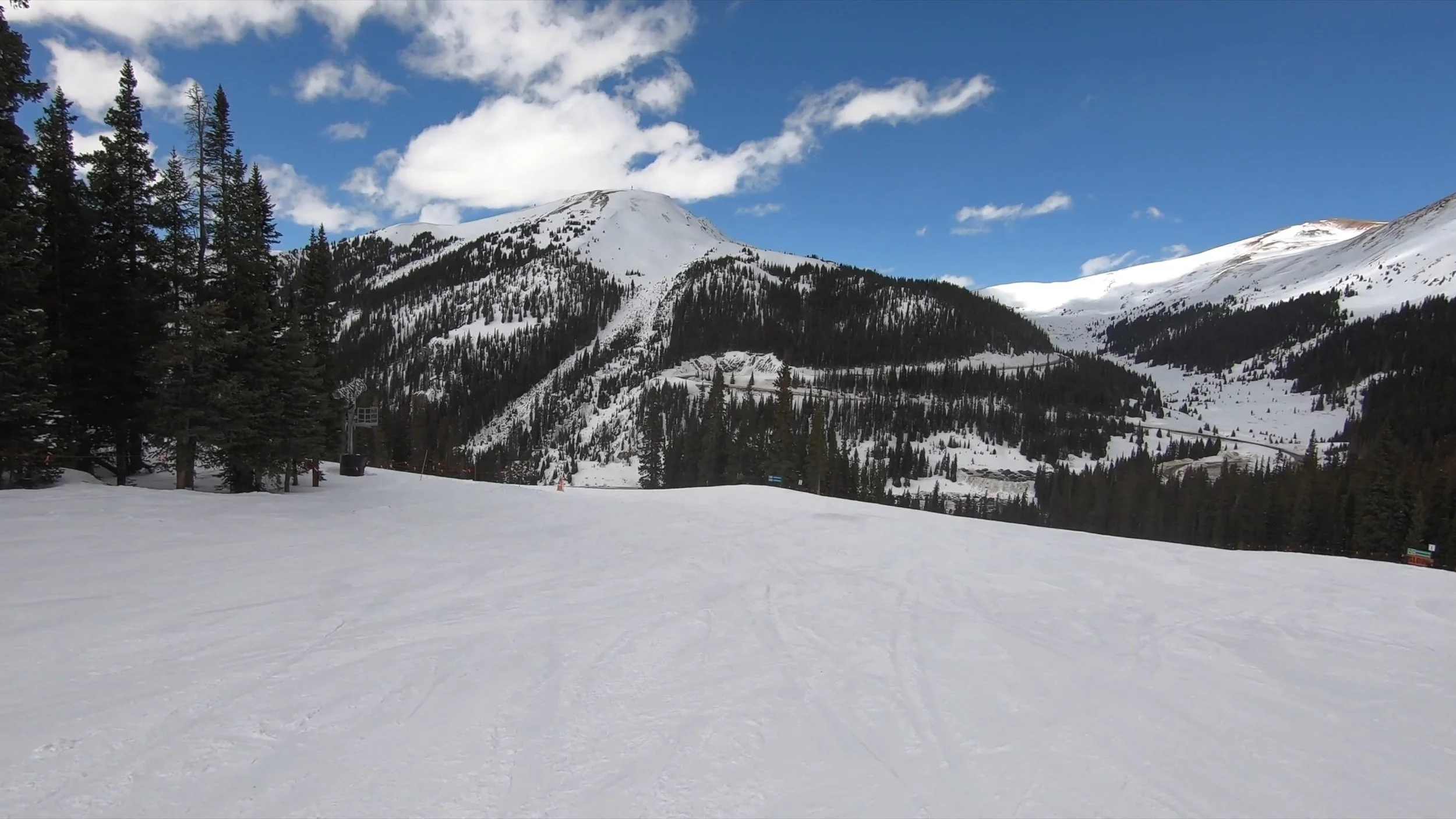
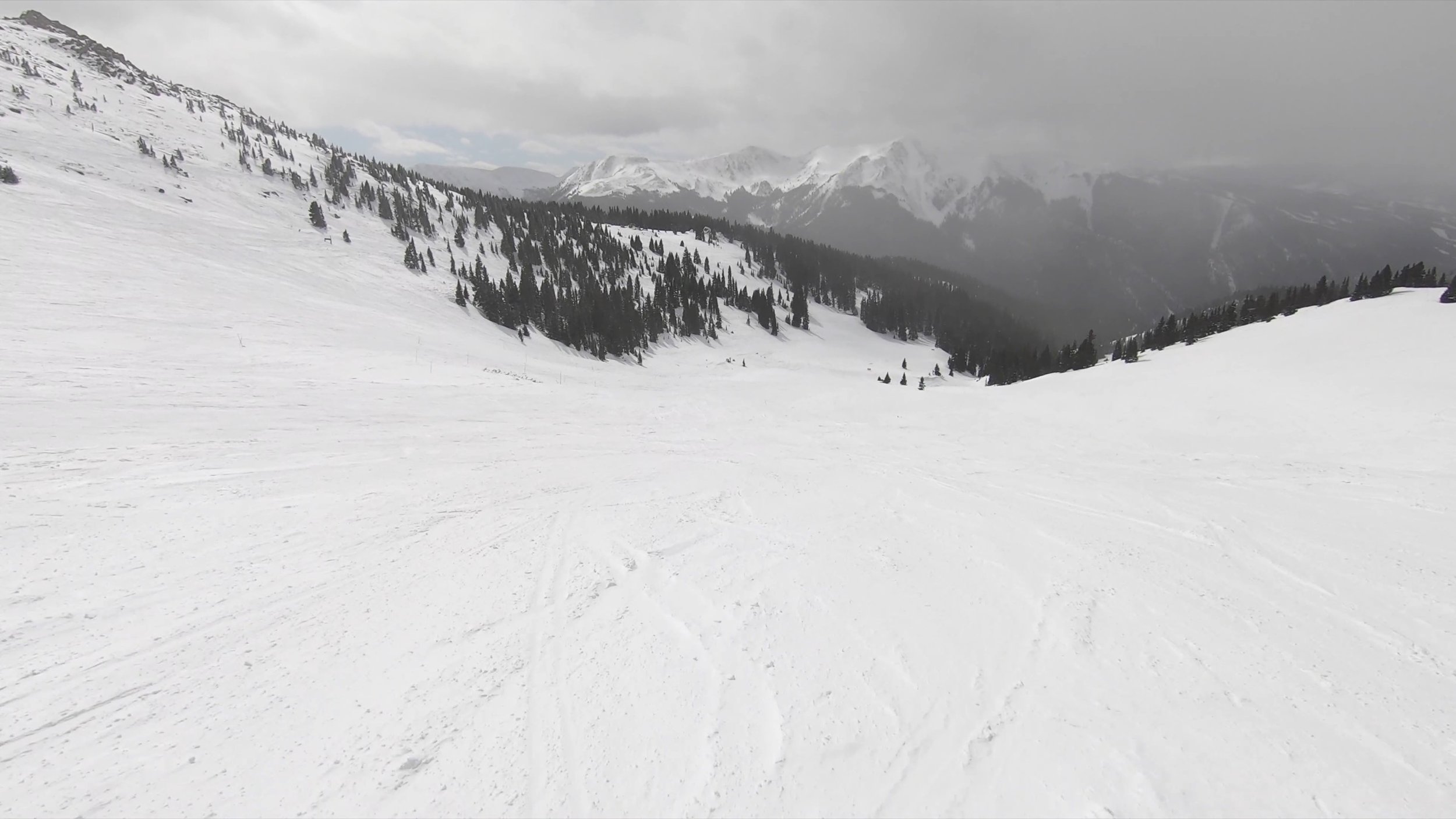




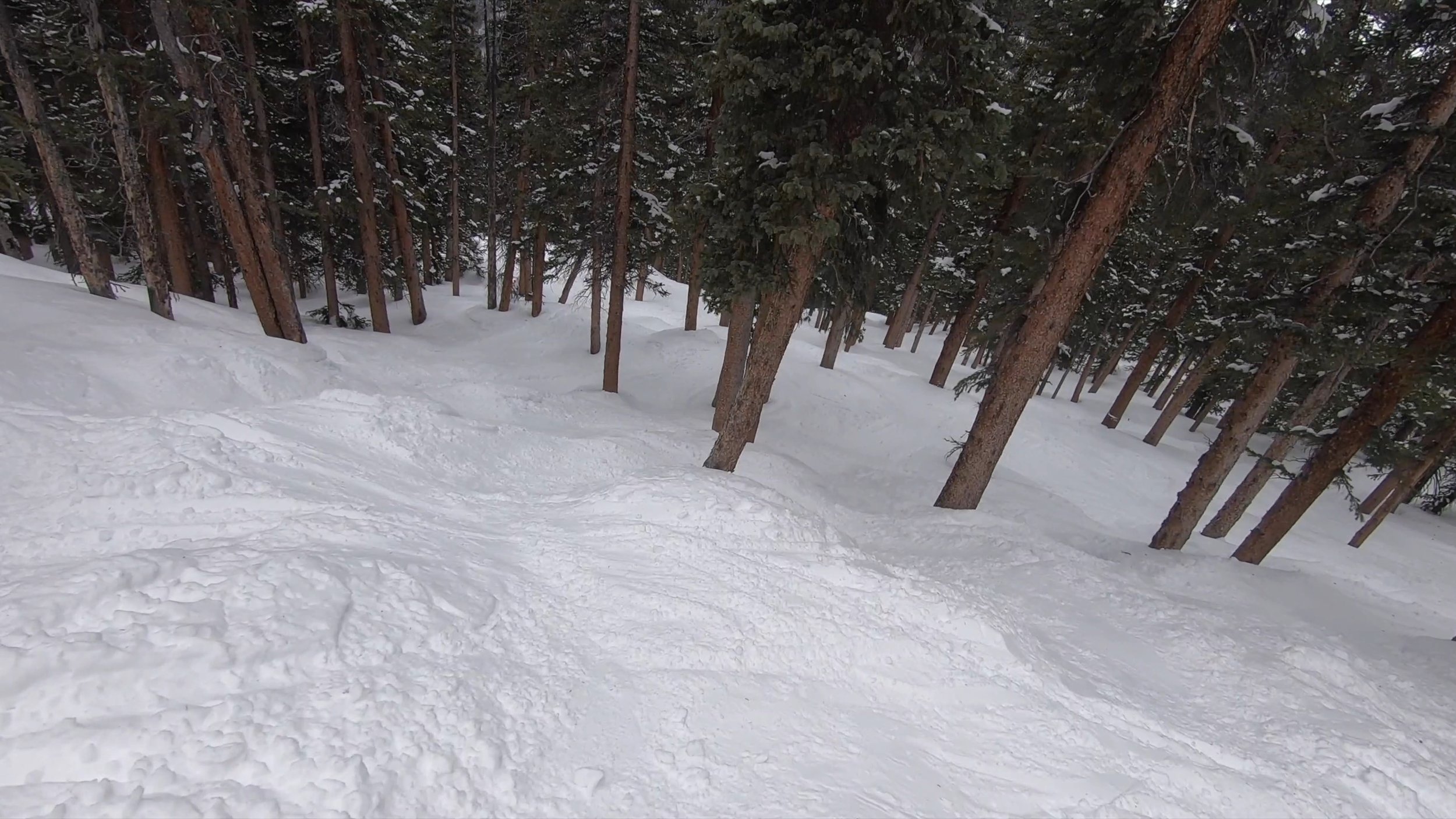
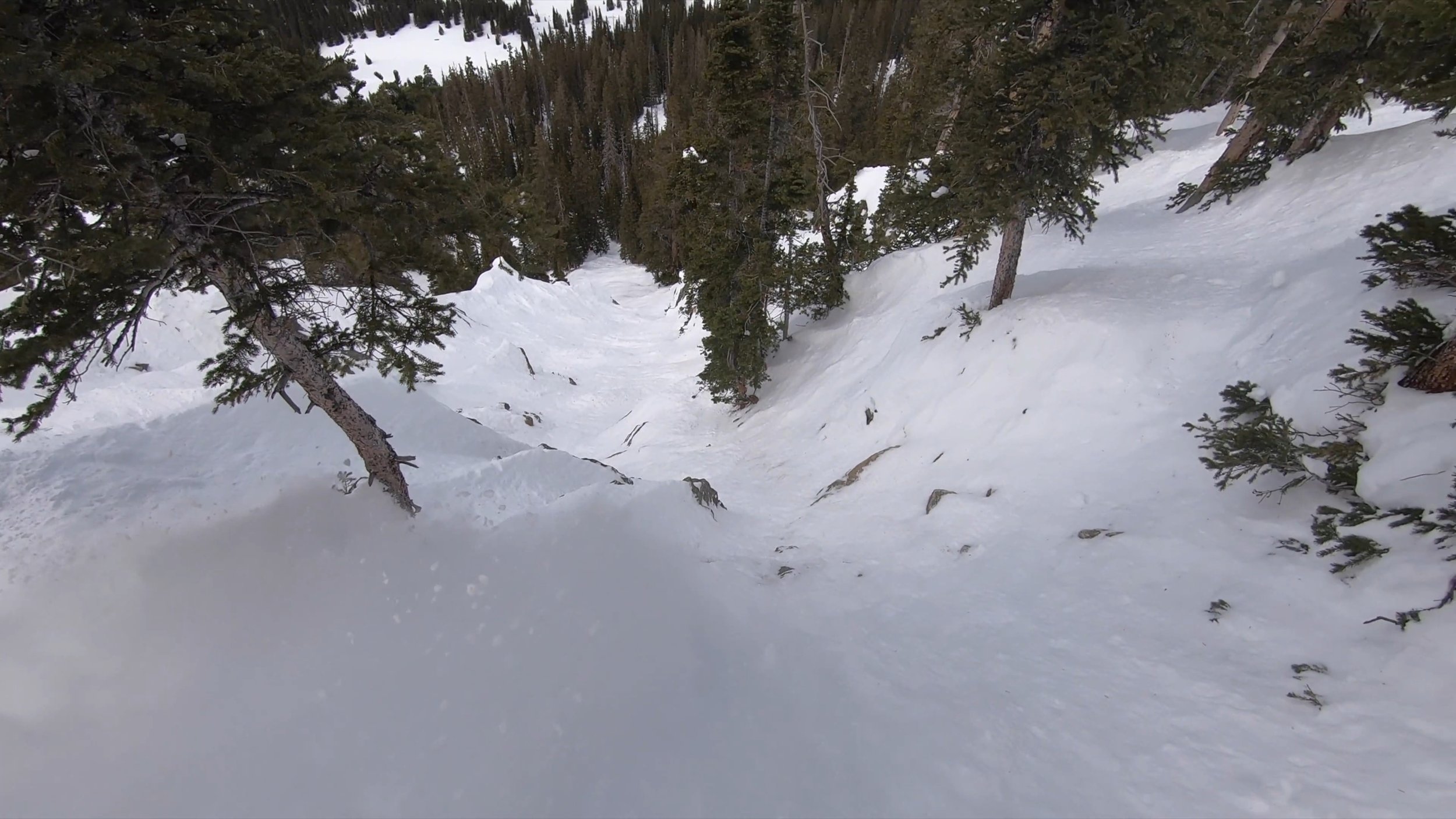

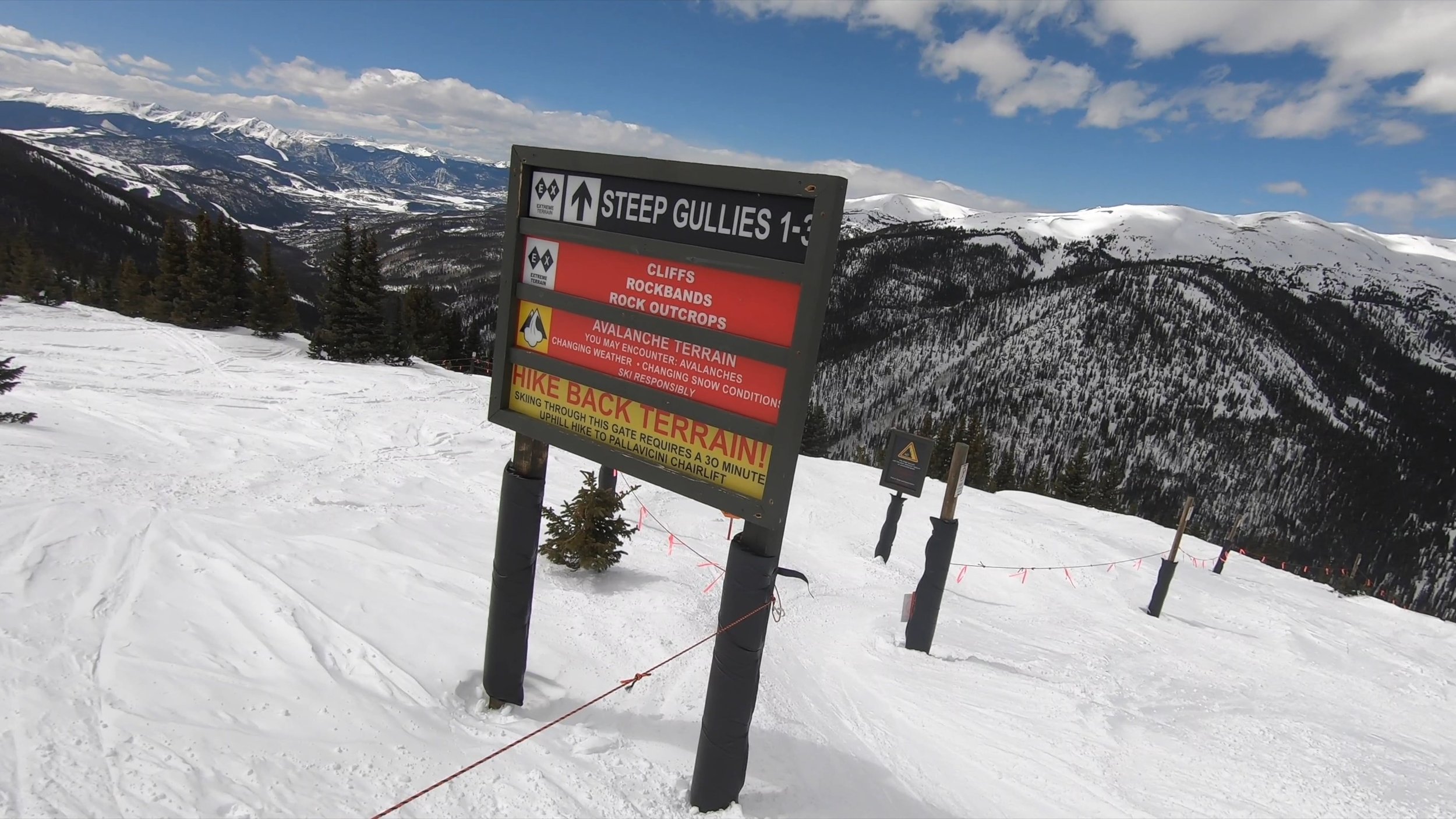









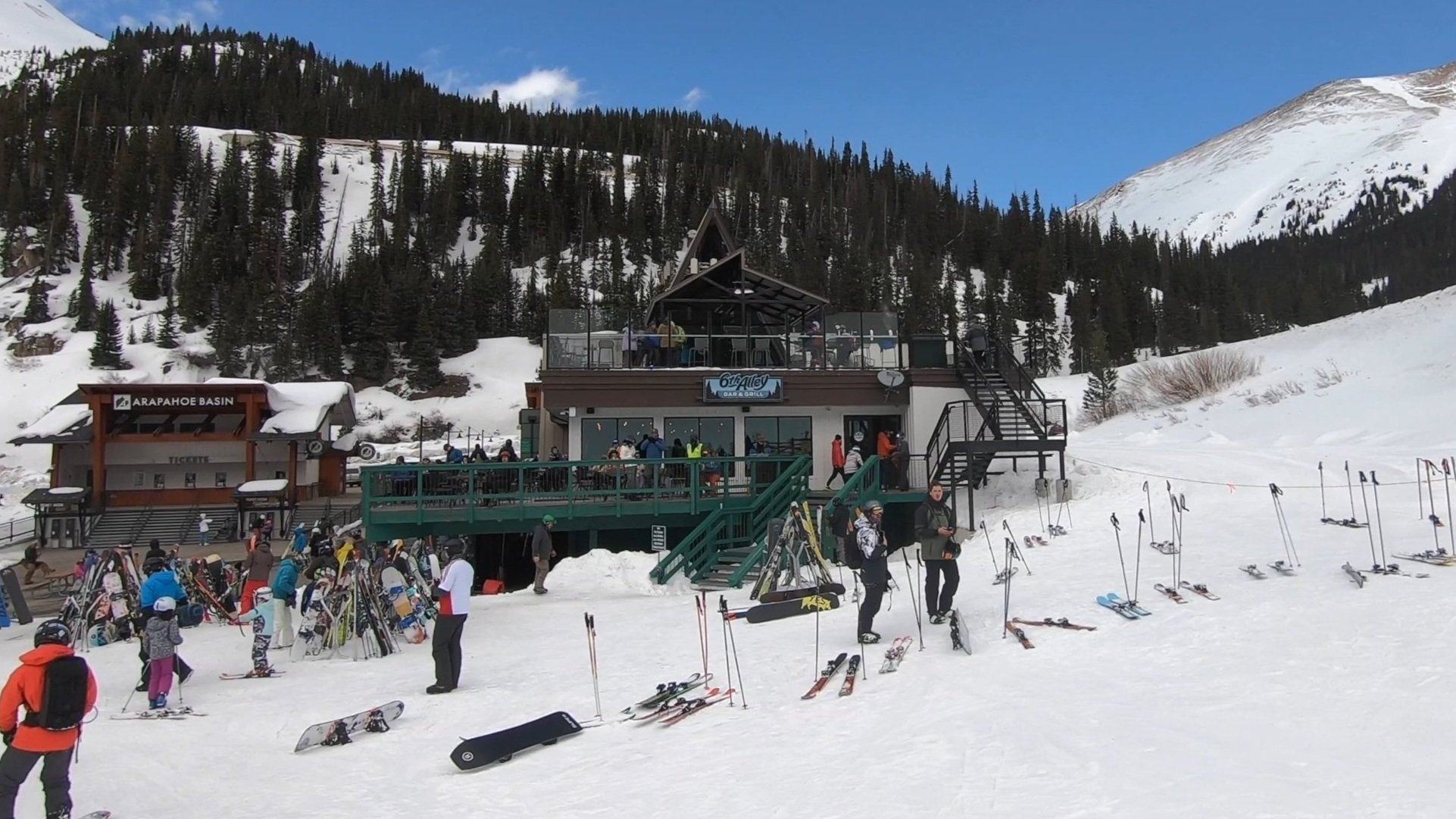
Guests will need to make reservations to park on all weekends, holidays, and other peak days from mid-December through early May next season. Season pass holders will not be exempt, although a separate parking pass will be available.